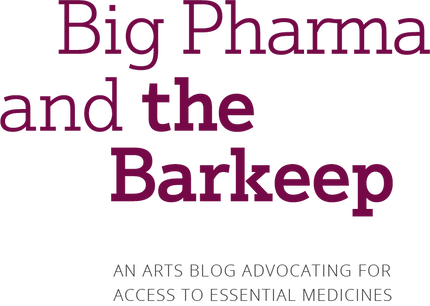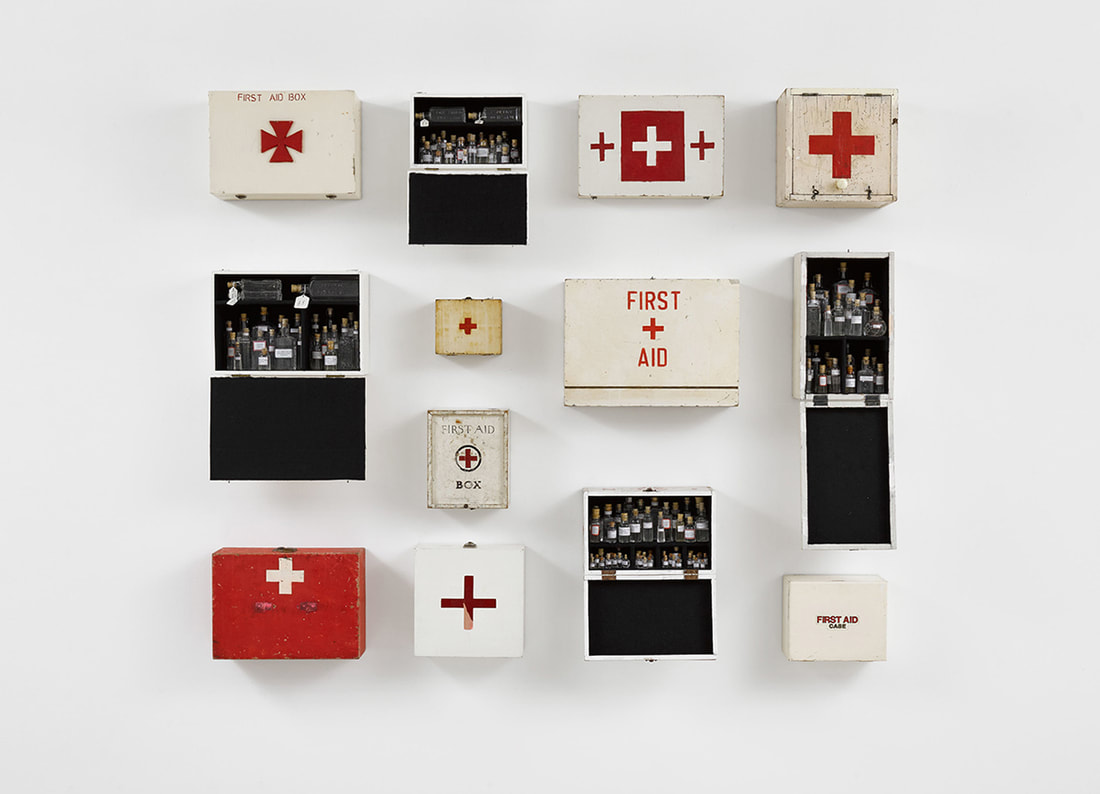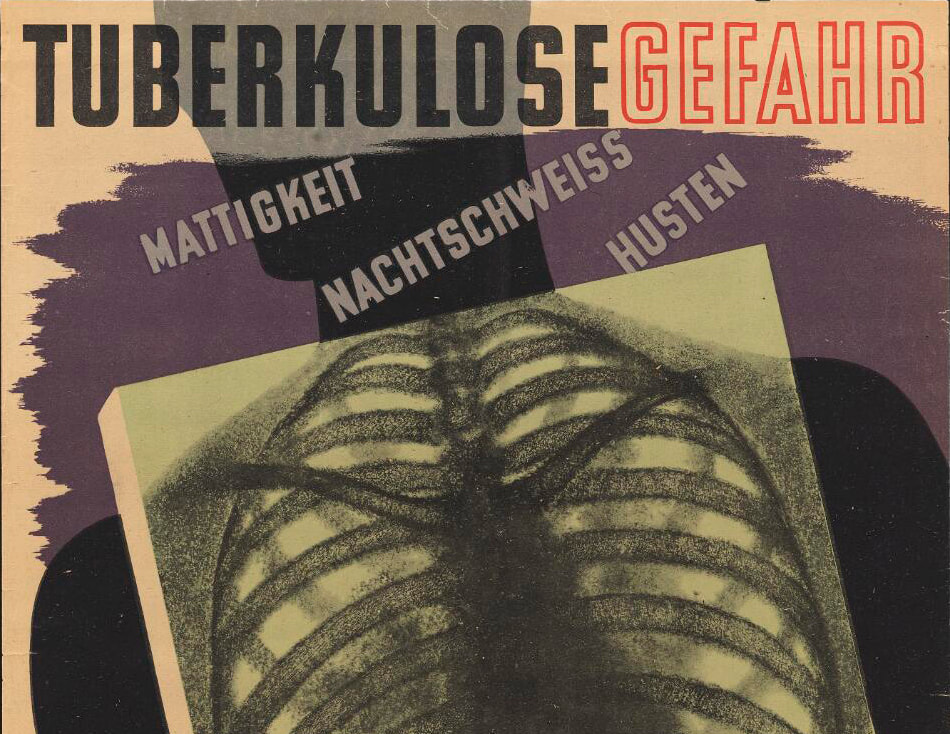|
Walking under the Winterdale Arch in New York’s Central Park last Sunday I thought about access to medicines.
Bridges exist to provide access. This is a public park. Today it’s alive with runners, baby strollers, handsome dogs, musicians and clusters of pedestrians. The red brick background of this bridge is sprinkled with white crosses. The pattern reverses the Geneva Convention-era red cross on a white background designating protection for medical sites. But the proportions of the crosses, and the colors still carry the association. I want every space to be a protected space when it comes to essential medicines. The crosses winking from the underskirt of the Winterdale Arch are a subtle public health reminder. A life with chronic illness is a life of patterns – patterns that maintain and patterns that disrupt. It also reminds me of the installation “First Aid: Homage to Joseph Beuys” by the late Susan Hiller which was in the Paraconceptual exhibit hosted at Lisson Gallery in 2017. I enjoy the way “First Aid” is both precious and utilitarian. These first aid kits look ready to deploy. The installation assembles vintage medical supplies and bottles, felt-lined wooden first aid boxes and water from sources considered to be holy. We cannot tell which bodies moving under and across the bridge today need essential medicines. The toddler dropping a soccer ball could be wearing a continuous glucose monitor. Which backpack, pants pocket or wicker picnic basket holds an EpiPen? Which people are yet undiagnosed for which diseases? Who just got unnecessarily kicked off of Medicaid? Who is praying for PEPFAR (the President’s Emergency Plan for AIDS Relief) to be reauthorized? We cannot see the thousand worries but they form patterns, too. We can do this better. We can.
0 Comments
You’re not alone if you only associate tuberculosis with Victorian novels (consumption) or a routine, pre-employment skin test for school bus drivers, home health aids and others in proximity to vulnerable populations. It is still the world’s top infectious killer. Often, depending on the geography or context, it is considered too expensive to treat. Nonsense. We have the means to stop it. Read the October 1, 2023 Partners in Health statement about the decision by Johnson & Johnson not to enforce bedaquiline patents. To say this is a big deal is a phenomenal understatement. This drug is significant in fighting multidrug-resistant tuberculosis (MDR-TB).
Anna Gordon's July 20, 2023 Time article, "How an Innovative Deal Will Give Millions Access to Cheaper Tuberculosis Drugs" offers a useful description of the present dangers of this ancient disease. She also covers author John Green's social media activism to lower the price of test cartridges. Here’s a recent interview with Green on the podcast series An Arm and a Leg: “The Fault in our Patents: John Green vs. Johnson & Johnson" Part 1. I recommend a very fine essay by Anna Talley about the history of the design of tuberculosis posters published in May, 2020 by Design Observer, “Pandemic Design: What Tuberculosis Posters Can Teach Us About Community.” Learn more, of course, from the Centers for Disease Control and Prevention (CDC). My own response, below, references the late Paul Farmer’s mantra on the attitude of scarcity, which holds us back from solving so many public health dilemmas. Tuberculosis, 2023 We’re socialized for scarcity for other people… Dr. Paul Farmer This ancient mother of disease – still our top infectious killer – can be cured and treated when we please. One more pharmaceutical tease. Who gets to test? Who gets to stop her, this mother of disease mysterious for centuries? Ambivalence infects now, stealthy and pure. TB can be treated when we please. Scarcity for others, decided with ease became a global pillar for this modern mother of disease. It’s a matter of priorities. Why not see it as a thriller? We can cure. We can treat it when we please. Governments, people, companies can absolutely still her. This mother of disease will be cured when and if we please. |
BP&theBAn arts blog advocating for access to essential medicines Archives
June 2024
Categories |




 RSS Feed
RSS Feed